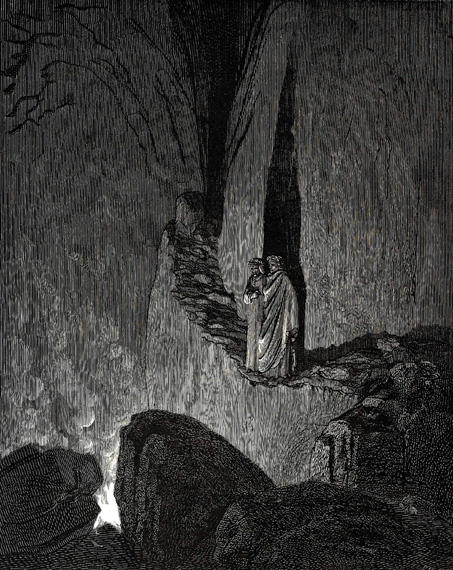The Franklin's Tale begins with a love story between a noble knight named Arveragus and a beautiful noblewoman named Dorigen. The two marry, and promise to each other that they would remain faithful under all circumstances.
Soon, Arveragus goes off on a two-year journey, leaving Dorigen at home, mourning the absence of her husband. She often sat on the shore of Brittany, contemplating the dangers that confront her husband's life. While in her isolation, Aurelius, an equally courteous and handsome man, falls in love with Dorigen. When he reveals his love to her, she rejects him, sending Aurelius into a deep sadness. She tries to comfort Aurelius by saying that if he was able to remove all the stones from the shore of Brittany, she would be his, assuming that this task was beyond possible. Aurelius first tries to do this himself, but eventually hires a young magician to do the task for a large sum of money, and the task is done successfully.
Aurelius shows Dorigen that her request had been fulfilled, and she begins to weep, knowing that she had betrayed her husband. At this time, Arveragus returns and sees his weeping wife, she explains her predicament and then he allows her to go to Aurelius to fulfill her promise. Aurelius, when he heard of Arveragus's graciousness, he returned Dorigen to him. Aurelius also realised that he didn't have enough money to pay the magician, but upon hearing the story, he cancelled his debt.


